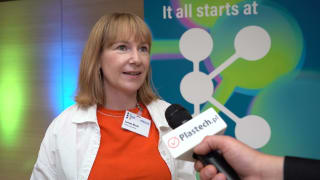 Plastic packaging is not only practical, efficient, inexpensive and safe, but replacing it by alternative material would have a severe negative impact for the economy and the environment – informas PlasticsEurope.
Plastic packaging is not only practical, efficient, inexpensive and safe, but replacing it by alternative material would have a severe negative impact for the economy and the environment – informas PlasticsEurope.These are the facts recently brought to light by Austrian independent consulting firm Denkstatt, which has been advising national and international for years on all questions surrounding the three pillars of sustainability.
According to the study "The impact of plastic packaging on energy consumption and GHG emissions”: substituting plastic packaging with alternative materials would increase the total packaging mass by an average factor 3.6; life-cycle energy demand would increase by a factor 2.2, i.e. 1,240 million GJ per year, which is equivalent to 27 Mt of crude oil or 20 million heated homes.
GHG emissions would increase by a factor 2.7 or by 61 million tonnes of CO2-equivalent per year, which is comparable to 21 million cars on the road or to the CO2-emissions of Denmark.
According to Denkstatt, all seven investigated plastic packaging sectors show environmental advantages compared to the mix of alternative materials. The benefits in the use-phase substantially contribute to this positive result, while those of recycling and recovery are often higher as well.
But plastics’ added value does not end up there. When used to pack fresh food, they prevent at least 10 % more food losses than alternative packaging materials, which means 22 Mt of CO2 savings, the study reveals. In the case of meat, for instance, the emission savings allowed by the prevented food loss are 13 times higher than the CO2 emissions caused by plastic packaging.




